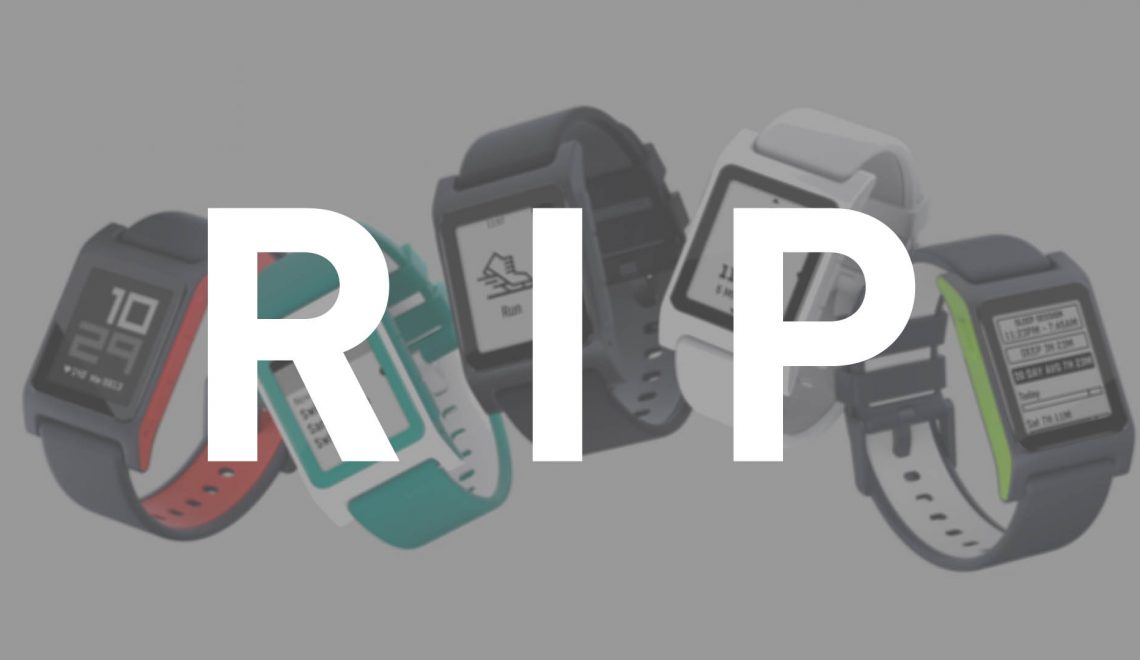With a price of $19.99, how can you not be tempted to try the Misfit Flash, especially with its new Link feature? The inexpensive fitness tracker is not only waterproof but also features a 6 month battery life. To add icing to the cake, it features Link, which bring additional functionality to the device, such as a remote for your camera’s shutter or a controller for your music. We took the $29.99 version of the device (which includes a wristband) for a spin this week.
The first thing that strikes you about the Flash is how small and how simple it is. The device is barely larger than the diameter of a quarter and has no visible lights or buttons. Only when you press down on it (the whole device is the button) does it light up. The design is very slick. Unfortunately, once you get past the striking visuals of the device, you are hit by how cheap all of the materials are. While this is OK for the sensor itself and the clip, it makes the wristband extremely disappointing. Given how impressive the quality is of
the $50 Apple Watch Sport wristband, one would think for a $10 premium versus the wristband-less version that the Misfit’s band would feel like it costs more than $0.10 to make. Hopefully in the future, Misfit offers improved wristbands for the Flash as it does for the metal Shine.
Besides the sensor, the clip, and the wristband, the only other contents of the box is a folded piece of paper which serves as the instructions. Do you remember those crappy instructions, printed in multiple languages on thin, folded paper that used to come with a cheap alarm clock or calculator? That is what you can expect from the Misfit Flash’s instructions. But we shouldn’t need instructions right? This is 2015…download the app, follow the on screen prompts, and away we go! Only problem is that there are two apps…the Misfit Flash app and the Misfit Link app. Lacking guidance, I made the guess that I should start with the Flash app and then use the Link app to set up additional behaviors. It seemed like a good guess, as setup was a breeze through the Flash app. But things look a left turn when I attempted to configure the Link app, which is used to bring additional functionality to the device. The app consistently told me that there were no devices connected and that it could not find any to pair with. I am not sure if this was a bug or a problem with the design of the two apps, but I had to remove the Flash from my account and re-add it.
Once I was able to see the device in both apps, I was finally free to use it. After years using a Nike FuelBand and months using an Apple Watch, I was curious to see how the Flash performed as a fitness tracker. It seemed to perform as expected. The device even tries to guess what type of activity you are doing if it senses anything more serious than a walk. The app then bases your calorie burn off of that. You can also go into the app after the fact and, as long as it sensed you were doing an activity, you can edit your start and end times and change the type of activity to anything from swimming to soccer to running. Overall the app is good; I found it to be slightly confusing and certainly not pretty, but it does convey the needed information. In addition to a daily, weekly, and monthly view of your activity, you can also track your friend’s progress and see activity summaries of subsections of the entire Misfit user base.
Besides your daily activity, the Misfit Flash can also automatically track your sleep. I found the device to be completely incapable of sensing when I slept. The other night it thought I was deep asleep, even though I was actually at a bar having a drink. Without a heart rate monitor, all I can figure is that the Misfit is simply making guesses about sleeping times and patterns. By contrast, the Microsoft Band, with its heart rate monitor, does a fairly accurate job reporting sleep patterns, though you do have to manually let it know that you are sleeping.
One of the features we were most excited to test with the Misfit Flash was its connected Link functionality. Out of the box, the activity tracker can behave as designed or it can control your music, serve as a selfie button, or control your presentations. By linking it with IFTTT, you can add additional functionality such as double tapping the device to make your phone ring (and maybe get you out of a bad date), triple tapping to change your Nest thermostat to 68 degrees, or receiving a weekly email summarizing your activity. The Link functionality we tried performed well and required very little effort to make work. It is interesting that Misfit also gives you the ability to shut off the activity tracker aspect of the Flash from within the Link app, suggesting that they envision people might use it exclusively for taking photos or moving through presentations.
Dollar for dollar, the Misfit Flash / Link is a compelling product. There are no other products currently on the market at that price point that can compete. It should be noted though, if you are currently using something more full featured, such as a connected Fitbit or a smartwatch, you will be disappointed by the device. But at $20 it is a very capable activity tracker. The added functionality brought by the Link app, makes the Misfit a true stand out in its price range. We just wish that the fit and finish of the whole package were better.


